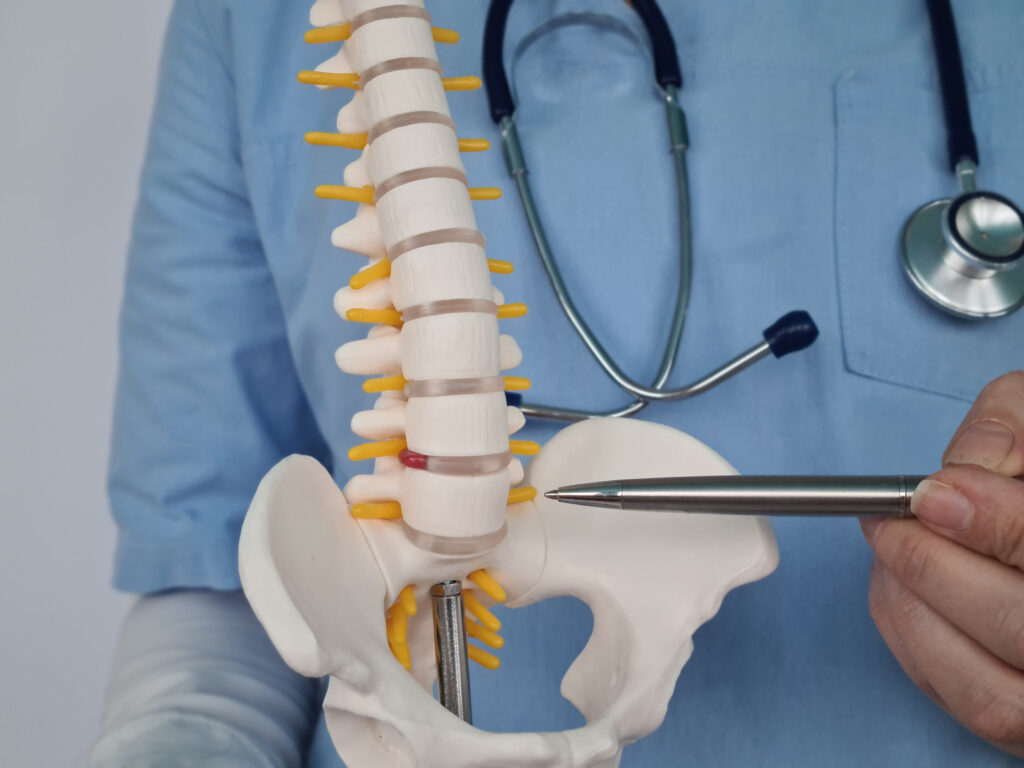Intervertebral disc disease (IDD) is a debilitating condition that affects the spine, often resulting from the damage and subsequent degeneration of intervertebral discs (IVDs). As the population ages, the prevalence of IDD is rising, leading to significant morbidity and healthcare costs. Traditional treatment options have limitations, which is why researchers are exploring innovative regenerative therapies to restore disc function and alleviate pain.
Recent advances in regenerative medicine have highlighted the potential of human pluripotent stem cells (hPSCs) as a valuable resource for treating skeletal diseases, including IDD. Among these, human induced pluripotent stem cells (hiPSCs) generated from adult somatic cells present an exciting opportunity. They can be directed to differentiate into notochordal-like cells (NCs), a crucial first step toward developing effective regenerative therapies for IDD.
In a groundbreaking study, researchers utilized a differentiation method that employs a four-factor cocktail designed to target specific signaling pathways—BMP, FGF, retinoic acid, and Wnt. This approach successfully transformed CRISPR/Cas9-generated mCherry-reporter knock-in hiPSCs into notochordal-like cells.
A comprehensive analysis of transcriptomic changes throughout this differentiation process revealed that the regulation of histone methylation plays a pivotal role in facilitating the transition of hiPSCs into notochordal-like cells. Histone methylation is an essential epigenetic modification that can influence gene expression without altering the underlying DNA sequence.
Moreover, the researchers provided compelling evidence that specifically inhibiting histone demethylases KDM2A and KDM7A/B significantly enhanced the lineage commitment of hiPSCs toward notochordal-like cells. This discovery suggests that manipulating the epigenetic landscape of hiPSCs through the inhibition of KDMs could effectively control notochord-specific gene expression.
The implications of these findings are substantial. They not only advance our understanding of the molecular mechanisms underlying stem cell differentiation but also open new avenues for stem cell-based regenerative approaches to treat disc degeneration. As the study highlights, targeting epigenetic regulators could be a promising strategy to improve the efficacy of regenerative therapies for IDD.
This research was led by a team of dedicated scientists, including Martha E Diaz-Hernandez, Kimihide Murakami, Shizumasa Murata, Nazir M Khan, Sreekala P V Shenoy, Katrin Henke, Hiroshi Yamada, and Hicham Drissi. Their work represents a significant step forward in the quest to develop effective treatments for intervertebral disc disease, potentially transforming the lives of millions affected by this condition.
As the field of regenerative medicine continues to evolve, the role of hPSCs and their derivatives in treating complex spinal conditions like IDD will likely become increasingly central, paving the way for innovative therapies that restore function and enhance quality of life for patients.


